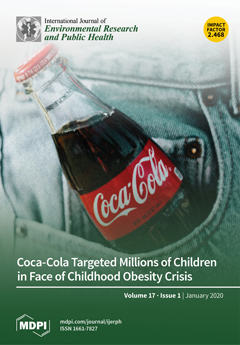Vibration rolling (VR) has emerged as a self-myofascial release (SMR) tool to aid exercise performance when warming up. However, the benefits of VR on exercise performance when combined with dynamic muscle contraction are unclear. The purpose of this study was to investigate the immediate effects of the combination of VR with dynamic muscle contraction (DVR), VR, and static stretching (SS) during warm-up on range of motion (ROM), proprioception, muscle strength of the ankle, and agility in young adults. In this crossover design study, 20 recreationally active adults without musculoskeletal disorders completed three test sessions in a randomized order, with 48 h of rest between each session. Participants completed one warm-up intervention and its measurements on the same day; different warm-up interventions and measurements were performed on each of the three days. The measurements included ankle dorsiflexion and plantarflexion ROM, ankle joint proprioception, muscle strength, and agility. After DVR and VR intervention, ankle dorsiflexion ROM (both DVR and VR,
p < 0.001), plantarflexion ROM (both DVR and VR,
p < 0.001), plantar flexor muscle strength (DVR,
p = 0.007; VR,
p < 0.001), and agility (DVR,
p = 0.016; VR,
p = 0.007) significantly improved; after SS intervention, ankle dorsiflexion and plantar flexion ROM (dorsiflexion,
p < 0.001; plantar flexion,
p = 0.009) significantly improved, but muscle strength and agility were not enhanced. Compared with SS, DVR and VR significantly improved ankle plantar flexor muscle strength (
p = 0.008 and
p = 0.001, respectively). Furthermore, DVR significantly improved ankle dorsiflexion compared with VR (
p < 0.001) and SS (
p < 0.001). In conclusion, either DVR, VR, or SS increased ankle ROM, but only DVR and VR increased muscle strength and agility. In addition, DVR produced considerable increases in ankle dorsiflexion. These findings may have implications for warm-up prescription and implementation in both rehabilitative and athletic practice settings.
Full article





